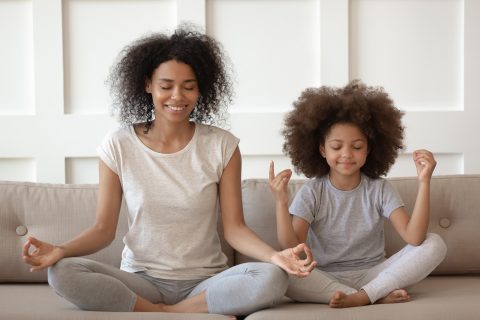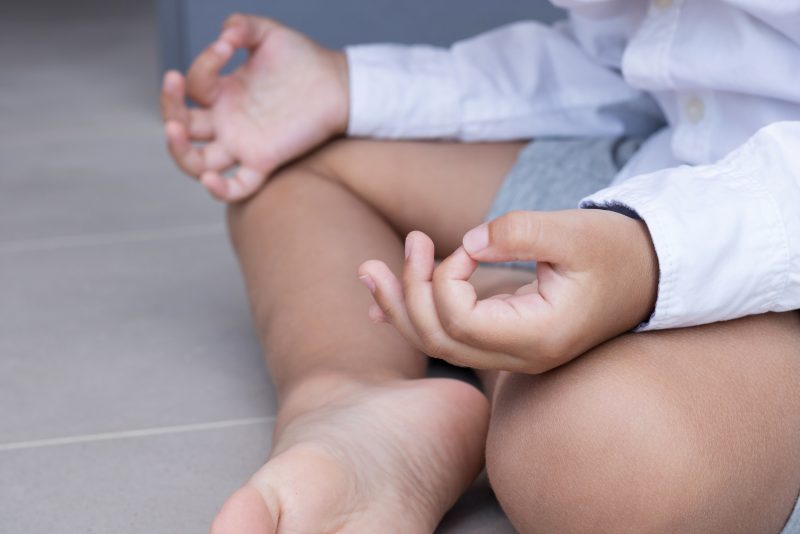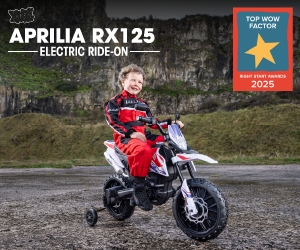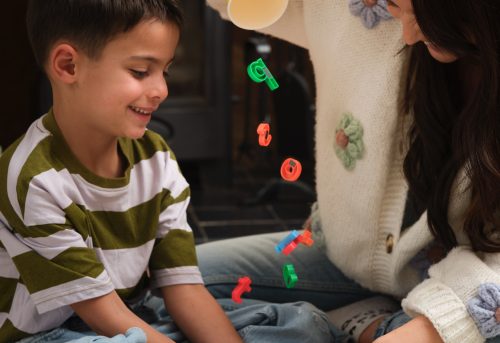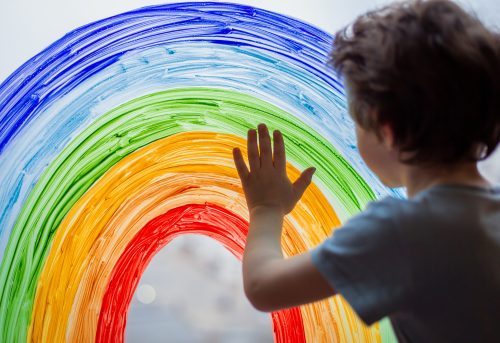A simple but effective way of dealing with difficult emotions and experiences by focusing on the here and now, mindfulness develops inner calm, improved awareness, and a sense of well-being. It’s not, like many people think, about meditation, but about being fully present and absorbed in the moment. Far from being about stillness, it requires a great deal of focus, especially when first learning the technique.
The technique was first developed to help alleviate illness. But it’s now a lifestyle tool for healthy people of all ages. For children, mindfulness can improve attention and focus, sharpen memory, and develop self-acceptance and self-understanding.
How it works for children
Young children are naturally mindful and it’s only as they get older that they lose the habit of mindfulness. Now psychologists are increasingly recognising this, efforts are being made to nurture mindfulness in the very young. Studies suggest that when mindfulness is integrated into the school curriculum, both boys and girls experience lowered stress and enhanced well-being.
What are the benefits?
Research shows that mindfulness helps children:
- Gain awareness of their emotional reactions and learn to regulate them more effectively.
- Realise their potential to make better decisions.
- Feel more secure about themselves, and their ability to deal with challenges in and outside school and home.
- Learn to value experiences, and be non-judgmental.
Understanding emotions
Children learn to observe and reflect on their feelings, and in doing so it becomes easier for them to control the negative ones like anger and anxiety. This is why mindfulness can be particularly beneficial for children who are impulsive or get angry easily.
Value experiences
Like most adults, many children operate on automatic pilot, where reactions and responses dominate their lives. As children learn to focus on their ‘in the moment’ experiences, they are less likely to rely on automatic responses, and they become more aware of their ability to control their choices.
Being non-judgemental
Being mindful encourages children to see positive and negative experiences as having equal value, which helps them to accept life’s inevitable ups and downs. This is fundamental for developing resilience.
Teaching children to be mindful
Children will absorb mindful behaviours and reactions simply by observing the adults in their lives. This is one reason why mindfulness can be easily integrated into classrooms. Many teachers include mindful breathing techniques, for example, into their daily routine. These exercises are usually brief, lasting from two to five minutes, and once learnt your child can use them anywhere – while queuing for school dinners or waiting for a swing in the playground. Follow the steps in Mindful breathing, try it yourself and then have a go with your child.
Being a mindful parent
Mindful parenting happens when adults respond to children in ways that are appropriate to the moment, and free from the influences of past experience. It’s about being fully aware of what is going on, rather than reacting unconsciously according to predetermined habits, patterns, and judgements.
It aims to put you more in touch with your thoughts, feelings and experiences so that you can see yourself and your children more clearly. You are still responsible for setting and enforcing limits, as well as disciplining when necessary, but you can do so more effectively with mindful responses.
Focusing on the present moment is not what we are taught to do in this fast, stress-filled world. We are forever planning for the future, fretting about what could go wrong, and thinking about the past. Inevitably, our children learn to do the same, which isn’t ideal if we want them to be content adults with a good quality of life. Although mindfulness can be challenging and requires constant practice, the effort is well worth it – for adults and children.


